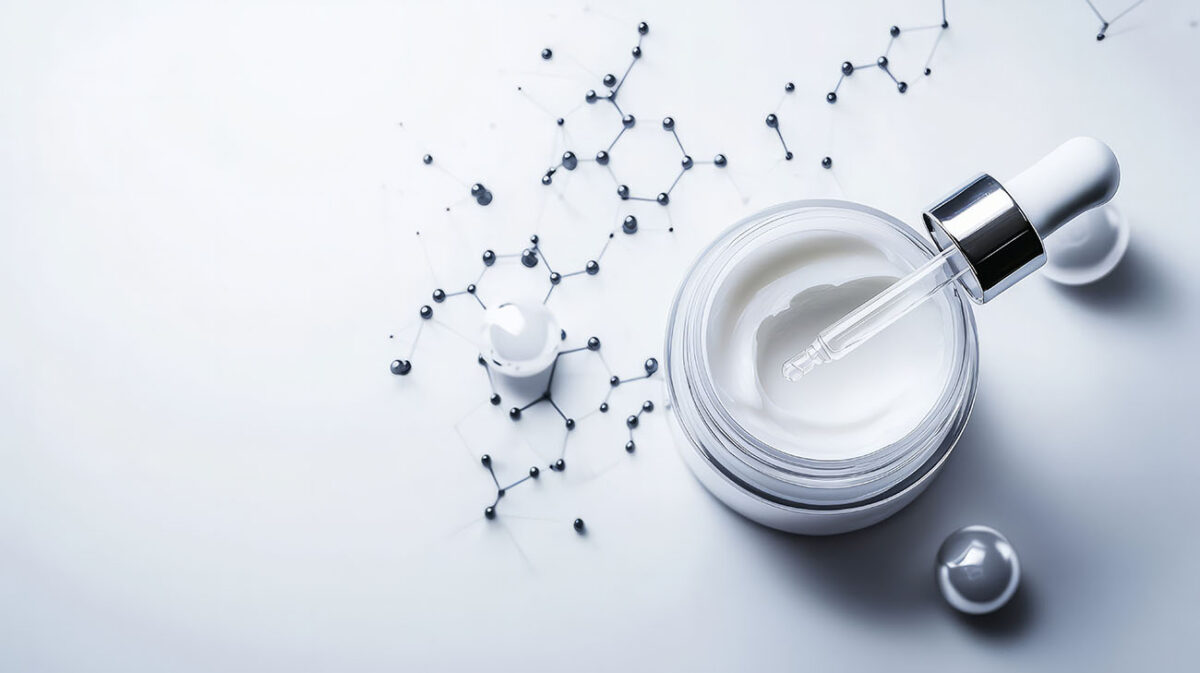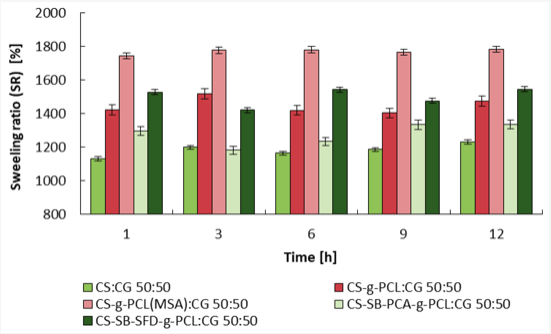Hydrogel Microspheres for Skin Care Applications

Polish researchers have evaluated hydrogel microspheres made from chitosan and carrageenan as effective vitamin carriers for skin care.
The study reveals the potential of these innovative microspheres to control vitamin release in cosmetic products, boosting effectiveness and stability.
You can also read: Hydrogels in Targeted Drug Delivery
Chitosan and Carrageenan Blends for Enhanced Performance
Chitosan, a high-quality biopolymer, is well-suited for topical applications due to its biocompatibility. When combined with carrageenan, it enhances moisture retention and stabilizes encapsulated actives. This blend protects vitamins from environmental degradation and prolongs their release, allowing nutrients to penetrate deeper into the skin.
Physical Properties of Hydrogel Microspheres
The study’s initial findings are promising. The hydrogel microspheres are smooth, spherical, pore-free, and measure between 10-20 μm. These characteristics make them ideal for transdermal delivery. Moreover, using vitamins A, C, and E as active ingredients, the microspheres achieved a high loading capacity of 70% to 97%. This minimizes the loss of active compounds during the loading process.
Stability and Vitamin Release
Additionally, the microspheres also improved vitamin stability and availability in the skin. Their high-swelling ratio, ranging from 1300% to 1500%, allowed effective controlled release within the first six hours, with a tendency for continued delivery over time.

The image illustrates the swelling ratio (SR) of five microsphere blends, measured after varying soaking times in a pH 5.0 buffer at 34°C. The CS-g-PCL(MSA):CG 50:50 demonstrates the highest swelling. Courtesy of Microspheres Based on Blends of Chitosan Derivatives with Carrageenan as Vitamin Carriers in Cosmeceuticals.
Cytotoxicity Testing for Biocompatibility
Biological in vitro tests with fibroblasts and keratinocytes confirmed that the microspheres showed no cytotoxicity. This finding is essential for ensuring the biocompatibility of these carriers.
Superior Performance Compared to Traditional Methods
Furthermore, hydrogel microspheres demonstrated superior transdermal permeation enhancement compared to standard oil-in-water emulsion creams. Their antibacterial and antioxidant properties, along with excellent biocompatibility, make them particularly appealing for cosmetic applications. These innovative formulations also eliminate preservatives and parabens, promoting safer, more natural skincare solutions.
In summary, hydrogel microspheres made from chitosan and carrageenan hold significant promise for the cosmetics industry. Their stability and prolonged vitamin release make them valuable not only for skincare but also for potential applications in biomedicine. As this research advances, the benefits of these microspheres may extend across multiple fields. It provides an innovative solution for targeted nutrient delivery.
Click here to read the full article.
